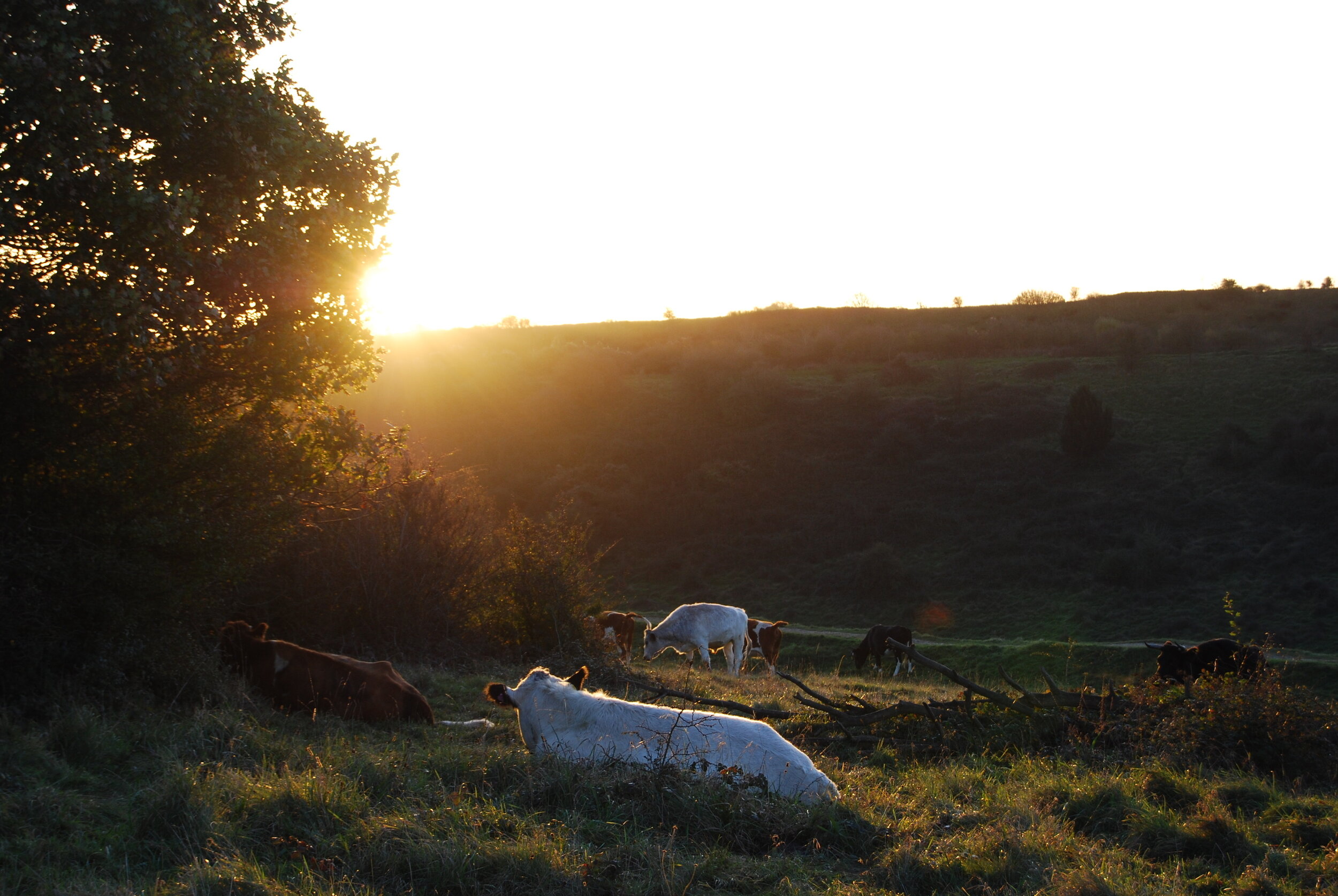Nature’s Right to Roam
20 January 2021
By Becks Treharne, Biophilic Urbanism Consultant
When was the last time you saw a hedgehog?
Not on a tv programme or as roadkill, but as a living, breathing, worm gobbling mammal. Growing up I was lucky enough to have a resident hedgehog who enjoyed spending time in our garden. She lived under the shed and would come out – sometimes during the daytime – to search the earth for worms before returning to her hideaway. It has been many years since I saw her last, though not through lack of searching.
In the 1950s, hedgehog sightings like this would have been a regular occurrence, given that over 35 million roamed the UK. But this is no longer the case. And not surprisingly considering that now fewer than 1 million remain. As with so many other species, human activity has been the principle driver of hedgehog decline.
This is a problem. And it is a problem for two main reasons. The first is that hedgehogs are an indicator of environmental health: they feed on soil invertebrates. Therefore, we could make the assumption that fewer hedgehogs means the quality of our natural environment is diminishing. The second reason relates to recovery. How can we expect to support hedgehog recovery when many don’t understand their importance? What is a hedgehog to a child that has never seen nor learned about them?
Alarmingly, this same dilemma rings true for many other species. And the contributing factors to this revolve around nature’s right to roam: the ability of species to move about freely without impenetrable barriers.
In the UK, ‘right to roam’ refers to our freedom – or lack of - to access land[1] for the purposes of wandering the countryside. Throughout COVID-19, this freedom has been exercised more than ever before, and to no one’s surprise. The last 10 months have been some of the most trying in human history and access to nature has been an invaluable lifeline for many.
But access to nature is exactly what our current lifestyles and built environment prevents. Busy roads, brick walls, inhospitable landscapes, hedgerow-free fields and negative attitudes towards nature born out of a lack of education, all compound to create uninhabitable environments for many species. COVID-19 forced us against our will to remain in the confines of our own homes, negatively impacting our lives in many ways. But this is how we expect nature to live in our cities and farmed spaces on a regular basis. Our concrete jungles are not designed to welcome biodiversity, even though we know how beneficial it is to us while industrial farming practices have evolved to favour monocultures while denying nature a foothold. We need nature. We rely on it for so many things that we could not survive without. So why do we expose it to such harsh conditions?
Ironically, nature can thrive without humans. It proved this during the first lockdown. We saw sheep and goats descend the mountains outside of Llandudno, inquisitive as to why there were no people or cars about. We witnessed record numbers of baby leatherback turtles being hatched, thanks to a reduction in tourist interference. The waters around Venice cleared up to the extent that fish, ducks and swans could be seen peacefully enjoying the canal system. Smog’s cleared around the busiest cities in China to reveal views of distant mountains, blue skies and bird song. Deer roamed London; Kangaroos explored downtown Adelaide; Puma’s roamed Santiago; coyotes took in the views of San Francisco and boars were spotted touring Barcelona. And why? Because their ‘right to roam’ was extended. We allowed the world and nature within it a moment to pause, to heal, without fear of human interference. And our reaction to this was not of fury or annoyance, but of joy, happiness and excitement. Excitement that we had allowed nature to heal, and in such a short space of time.
And this is part of the irony. While nature can and will thrive without humans, humans cannot thrive without nature. Yet we are determined to subdue it and replace it with skyscrapers and car parks. We have removed nature’s corridors, and forced our wildlife to live in confined spaces only to venture out when it may be safe to do so – sound familiar? All of this can have and is having profound effects on the health, food sources, breeding capabilities, rearing abilities, family structures and ultimately the survival rates of many species.
The good news? We can do lots to help.
From small scale interventions such as a pot of lavender on a windowsill to support pollinators, to cutting a small hole in your fence to allow hedgehogs to roam, all the way up to developing large scale nature corridors in the form linear parks, nature bridges or green roofs, we have the capability to drastically improve natures Right to Roam across our cities, in order to produce mutually beneficial outcomes.
Biophilic design will surely play an important role within this, but it requires additional support to be truly successful. Research suggests that people who are more connected to nature are more likely to look after it. But looking after nature requires us to know what we need to look after. Extending natures Right to Roam is just as much about us reconnecting with the natural world as it is creating more biodiverse habitats and green corridors.
We’ve proved to ourselves that we can allow nature to heal and roam more freely, whilst forming a deeper connection to it. Now is the time to expand this learning and make this a more regular occurrence within our cities through thoughtful design.
Ends
[1] Under The Countryside and Rights of Way Act 2000





